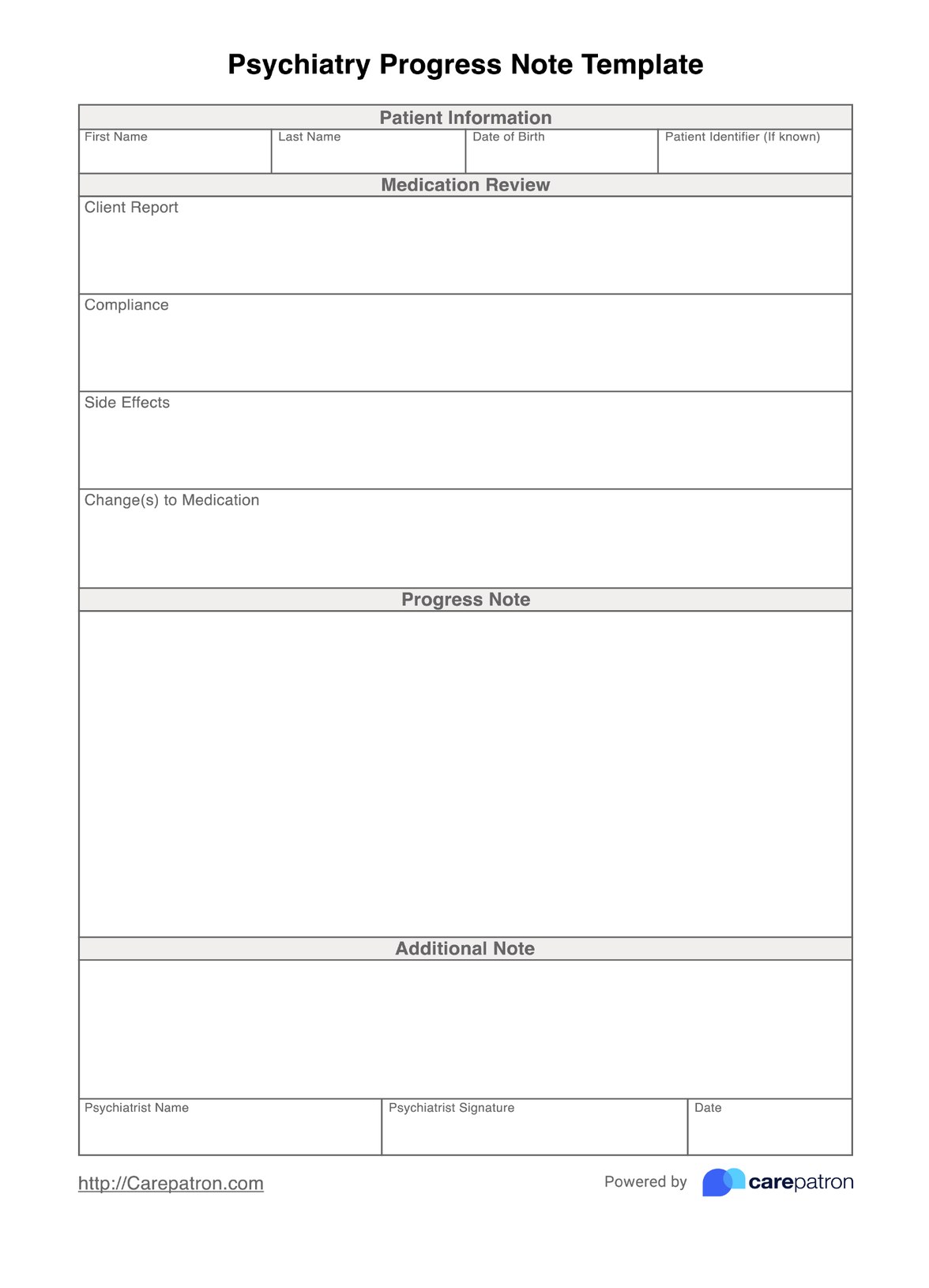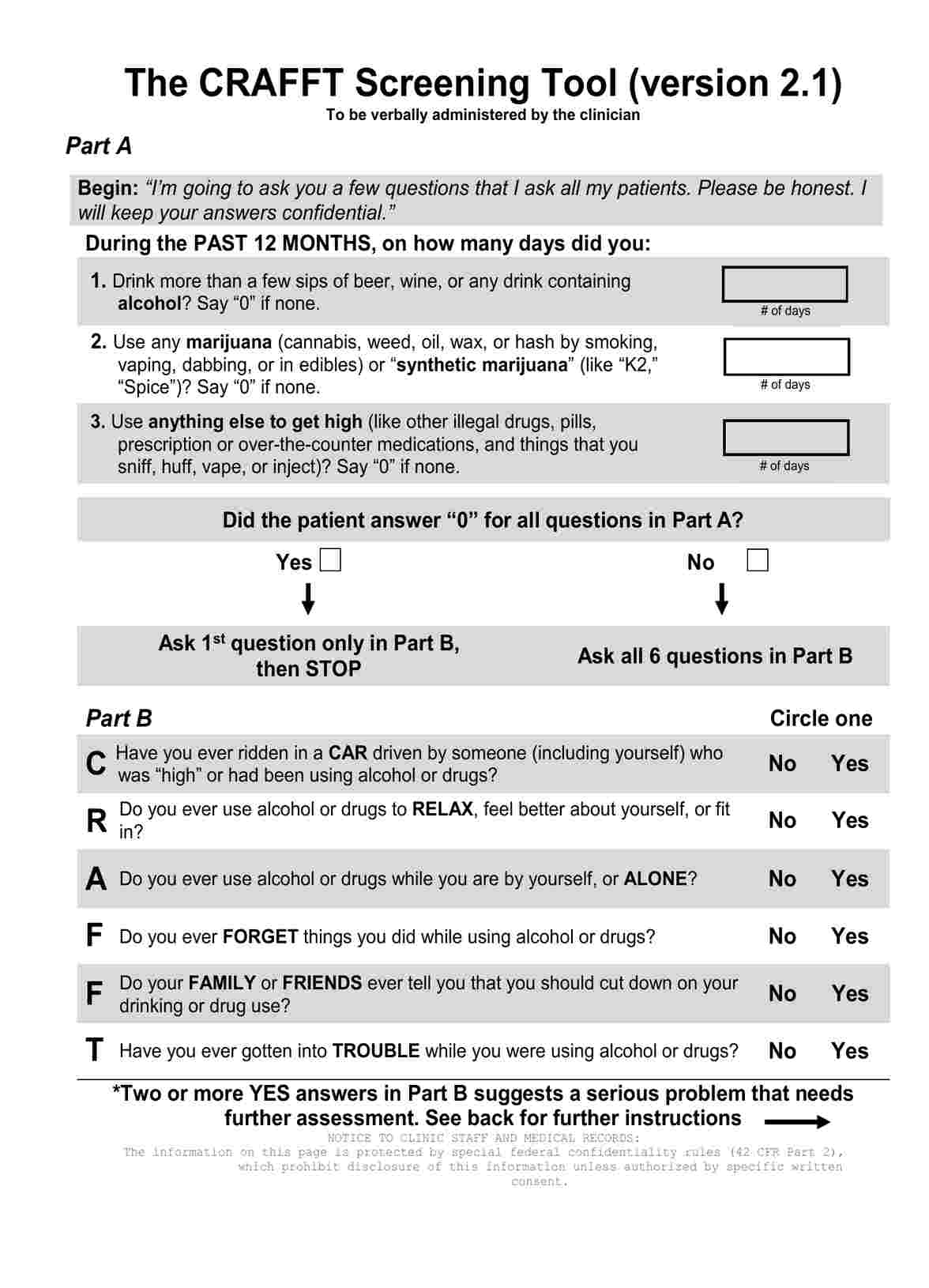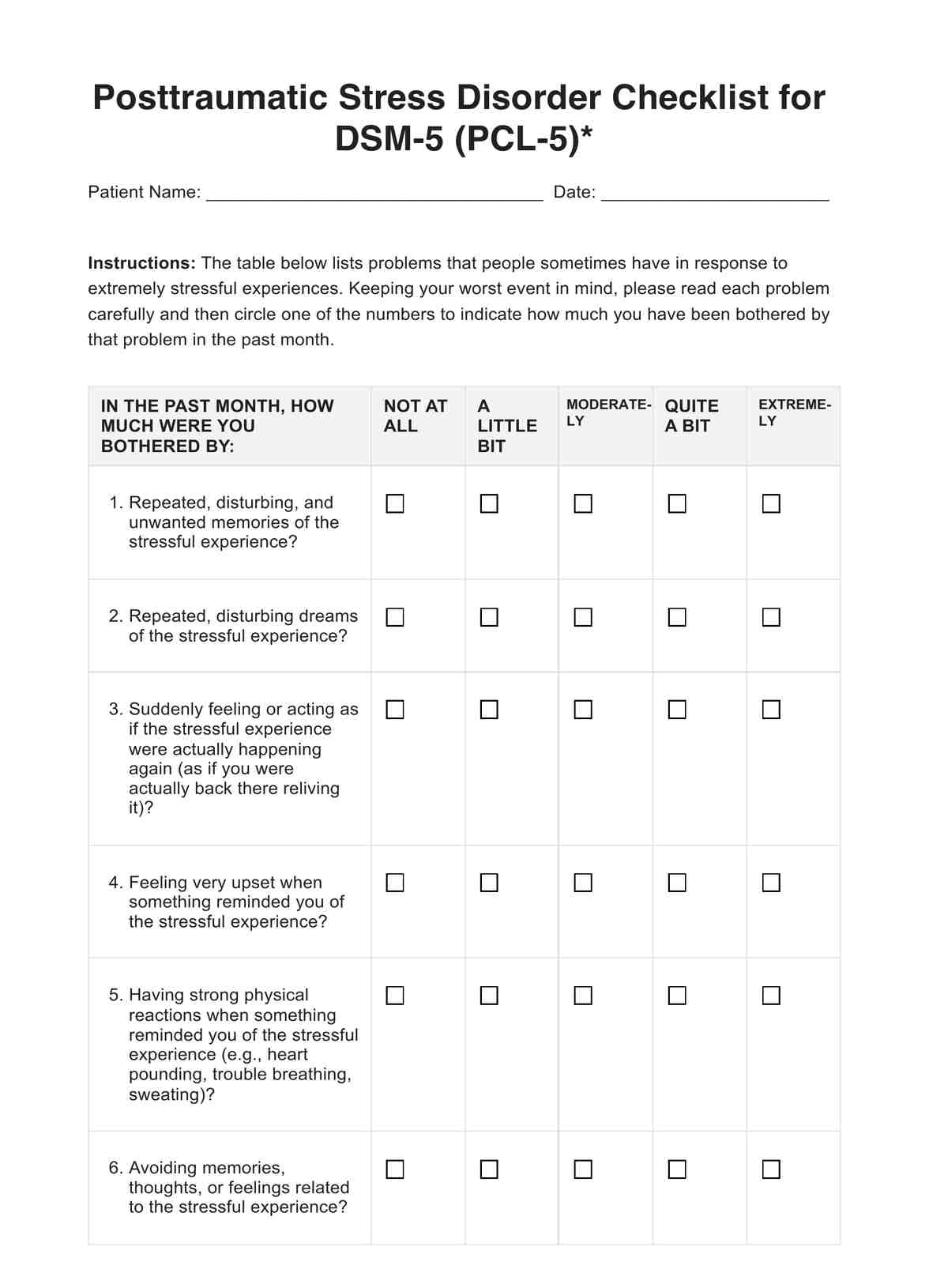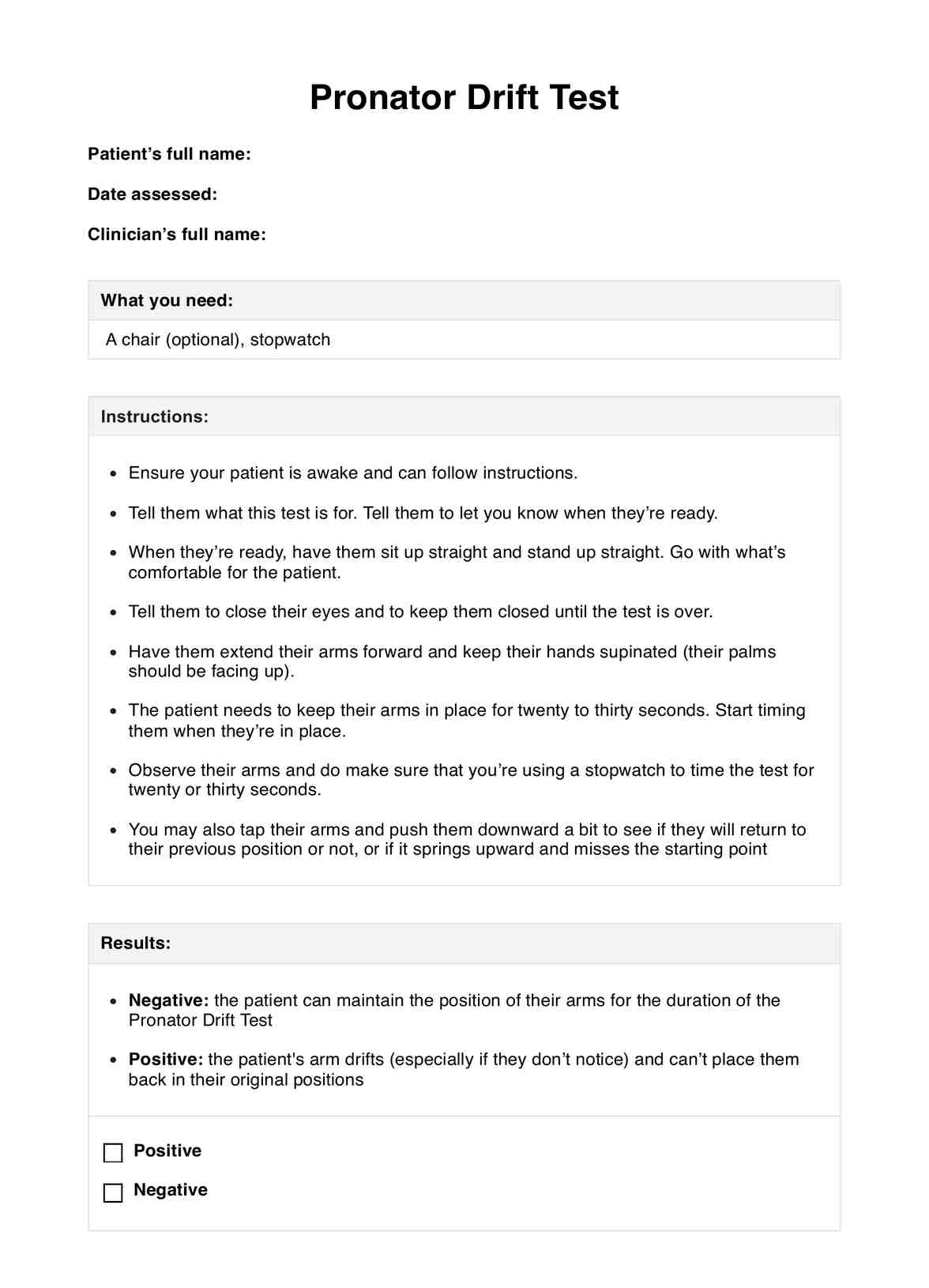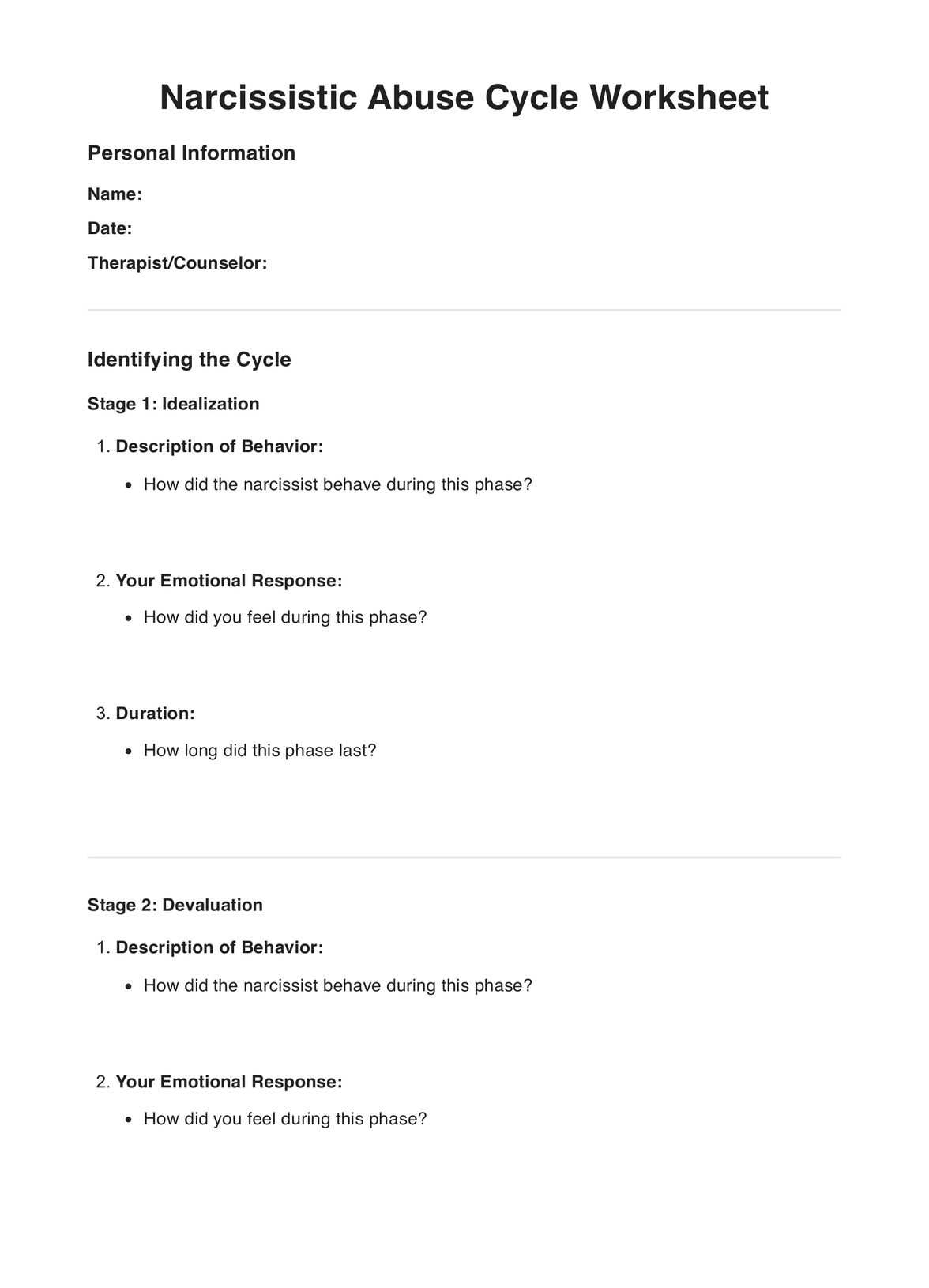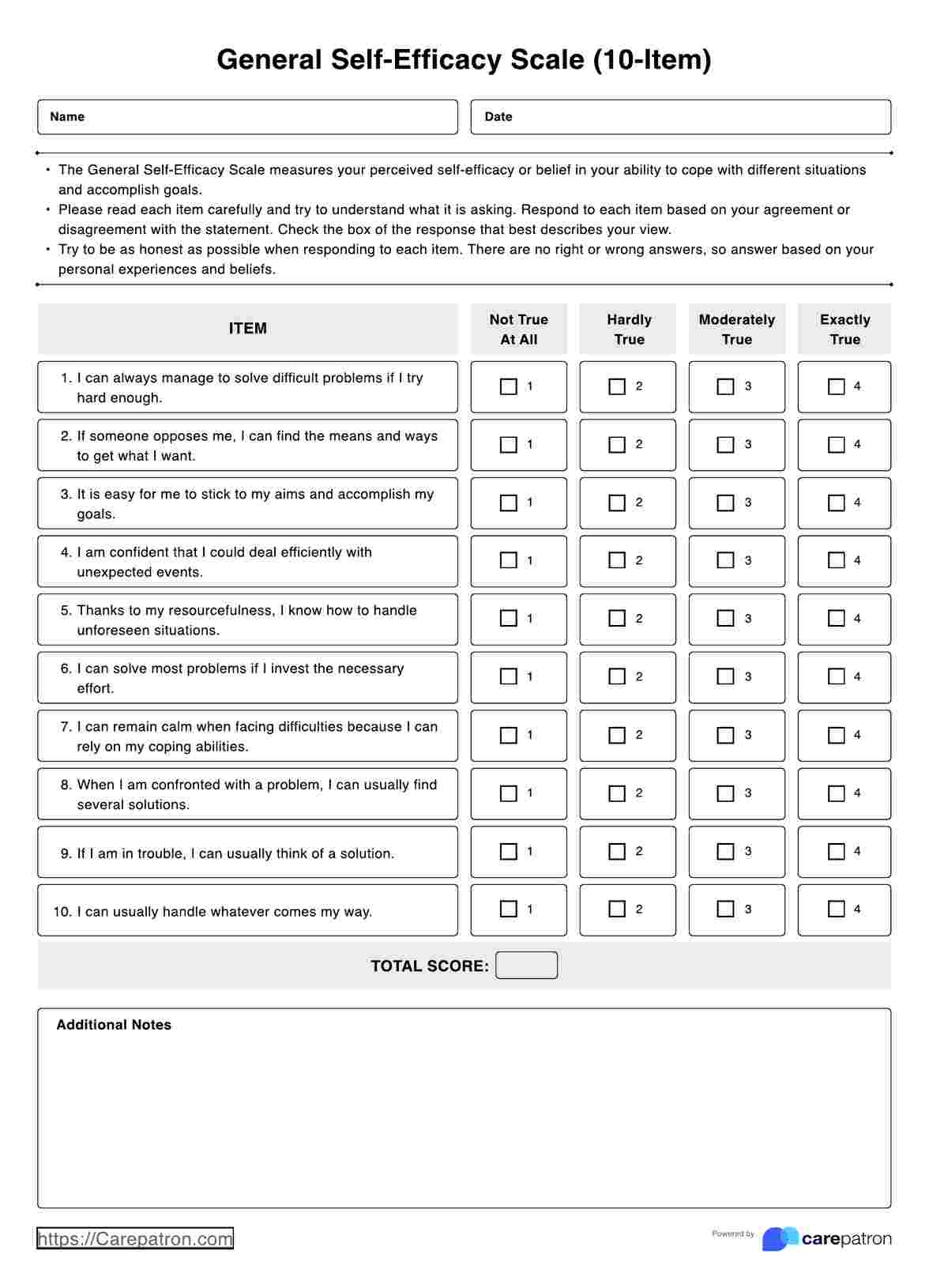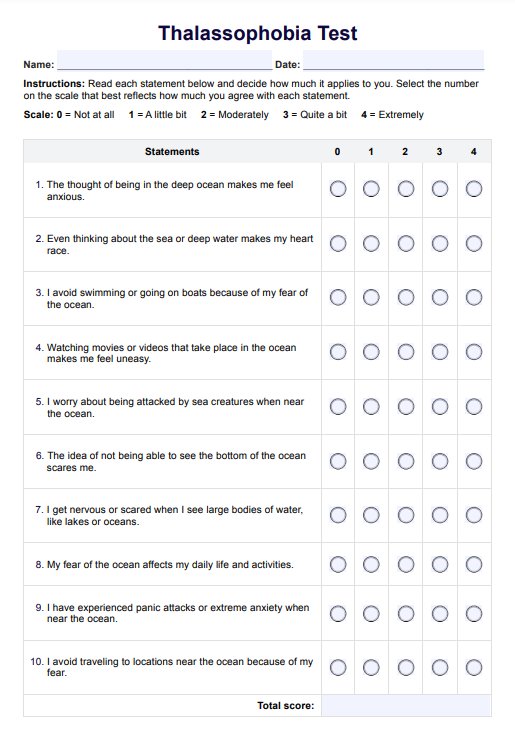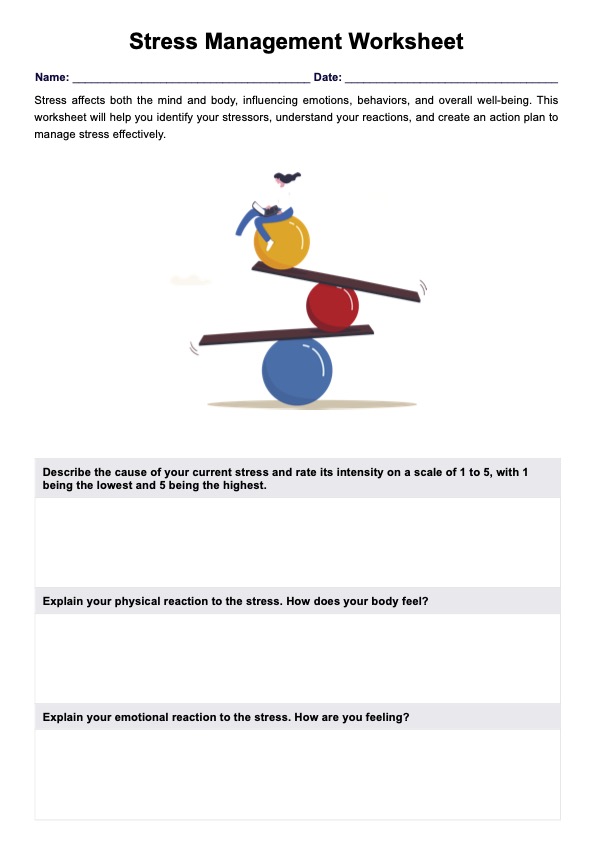Meditations on Sexuality PTSD Worksheet
Explore the power of the Meditations on Sexuality PTSD Worksheet to address trauma-related challenges and promote healing. Access the free template now.


What is Trauma and PTSD?
Have you ever wondered how life-altering experiences can leave an indelible mark on our minds, affecting our emotions and sense of self?
Trauma, in its various forms, can cast a long shadow over an individual's life, often resulting in a condition known as Trauma is an emotional response to a distressing event or series of events that can impact a person's mental and emotional health. When trauma is severe or goes unresolved, it can lead to the development of PTSD. PTSD, or post-traumatic stress disorder, is a mental health condition triggered by a traumatic event, causing many distressing symptoms.
In the context of sexuality, trauma may result from experiences such as discrimination, harassment, or rejection based on one's sexual orientation or gender identity. These experiences can profoundly affect a person's self-esteem, relationships, and overall quality of life.
Post-traumatic stress disorder (PTSD) can profoundly affect an individual's life, including their sexuality and overall well-being. Trauma, especially related to sexuality, can lead to a complex interplay of emotional and psychological challenges. Cognitive Behavioral Therapy (CBT) is a widely recognized therapeutic approach for addressing trauma and its symptoms.
In this guide, we will delve into the world of "Meditations on Sexuality PTSD Worksheet," an invaluable tool for individuals and healthcare professionals seeking to navigate the path towards healing and recovery.
Meditations on Sexuality PTSD Worksheet Template
Meditations on Sexuality PTSD Worksheet Example
How to use the Meditations on Sexuality PTSD Worksheet
The "Meditations on Sexuality PTSD Worksheet" is a powerful tool to complement CBT therapy for individuals with sexuality-related PTSD. It provides a structured framework for individuals to explore their traumatic experiences, emotions, and thought patterns while guiding them toward healing. Here are the steps involved in using this worksheet:
Step 1: Self-Reflection
Begin by setting aside a quiet and comfortable space for self-reflection. This is your time to connect with your thoughts and emotions.
Step 2: Identifying Trauma Triggers
The worksheet prompts you to identify specific triggers related to your sexuality that have caused emotional distress or trauma. This step involves acknowledging and naming these triggers.
Step 3: Recognizing Cognitive Patterns
Explore the thought patterns and beliefs that have emerged from the traumatic experiences. These thoughts often contribute to the symptoms of PTSD.
Step 4: Challenging Negative Beliefs
Use the worksheet to challenge and reframe negative beliefs related to your sexuality. CBT techniques are applied to encourage healthier thought patterns.
Step 5: Emotional Regulation
The worksheet guides you through exercises to manage and regulate the intense emotions associated with trauma, helping you regain emotional stability.
Step 6: Developing Coping Strategies
Learn and practice coping strategies to deal with trauma triggers more healthily and constructively. These strategies can enhance your resilience.
When Would You Use this Meditations on Sexuality PTSD Worksheet?
The "Meditations on Sexuality PTSD Worksheet" is a versatile tool that can be employed in various contexts to aid individuals in addressing their trauma-related challenges linked to sexuality. It serves as a valuable resource in the following scenarios:
Individual Therapy Sessions
Mental health professionals can incorporate this worksheet into their one-on-one therapy sessions with clients who have experienced trauma or distress related to their sexuality. It provides a structured framework for guided discussions and therapeutic exercises.
LGBTQ+ Support Groups
Support groups for LGBTQ+ individuals can benefit greatly from the use of this worksheet. It can be integrated into group sessions to facilitate discussions and provide members with a shared tool for processing their experiences and supporting one another.
Self-Help and Self-Reflection
Individuals who have experienced trauma on their sexual journey can use this worksheet independently as a self-help tool. It enables them to explore their emotions, challenge negative beliefs, and develop coping strategies, fostering self-awareness and empowerment.
Couple or Relationship Therapy
Couples or individuals in intimate relationships affected by sexuality-related trauma can utilize this worksheet to understand each other's experiences better, facilitate communication, and work towards healing together.
Education and Awareness Workshops
Educators, counselors, and activists working in LGBTQ+ advocacy can incorporate this worksheet into their workshops and educational programs to raise awareness about the impact of trauma on sexuality and provide participants with practical tools for addressing it.
In conclusion, the "Meditations on Sexuality PTSD Worksheet" is a valuable resource for individuals and healthcare professionals seeking to address trauma-related challenges linked to sexuality. By following its structured steps and engaging in self-reflection, individuals can work towards healing, emotional stability, and improved self-acceptance.
Incorporating this worksheet into CBT therapy can be a powerful tool for recovery and a healthier, more fulfilling life.
If you're looking for a similar resource, make sure to check our PTSD Worksheet Template to help individuals better understand and manage the symptoms of PTSD.
What are the Benefits of Using this Meditations on Sexuality PTSD Worksheet?
The benefits of the "Meditations on Sexuality PTSD Worksheet" are multifaceted and play a pivotal role in the healing and recovery process:
Enhanced Self-Awareness
Through structured self-reflection, individuals gain deeper insight into their thoughts and emotions, allowing them to identify trauma triggers and their emotional responses.
Empowerment and Control
Users regain a sense of empowerment and control over their emotional well-being by systematically addressing and challenging negative beliefs associated with their trauma.
Effective Emotional Regulation
The worksheet provides practical exercises to help individuals manage and regulate intense emotions, promoting emotional stability and resilience.
Improved Self-Esteem and Self-Acceptance
As users confront and reframe negative beliefs, they often experience improved self-esteem and self-acceptance, fostering a healthier self-image.
Positive Impact on Relationships
The insights gained through this worksheet can lead to healthier interpersonal relationships as individuals become better equipped to address their trauma-related challenges and communicate their needs.
Progress Tracking
The worksheet allows users to track their progress over time, serving as a tangible record of their journey toward healing and recovery, providing a sense of accomplishment and motivation.
Greater Engagement in Therapy
For individuals in therapy, the structured format of the worksheet can enhance engagement and participation in therapy sessions, as it provides a concrete tool for discussion and exploration.
While specific research on the "Meditations on Sexuality PTSD Worksheet" may be limited, it aligns with the principles of evidence-based therapies such as CBT. Research on CBT's effectiveness in treating trauma-related conditions supports the potential benefits of this worksheet as a complementary tool in trauma recovery.
Commonly asked questions
The duration varies from person to person. It depends on the complexity of the trauma and how deeply individuals engage with the worksheet. Some may complete it over several sessions, while others may take more time.
This worksheet is a structured tool to guide individuals through exploring trauma, challenging negative thought patterns, and developing coping strategies, ultimately aiding their healing and recovery.
This worksheet is designed for individuals who have experienced trauma or distress related to their sexuality. It can be used by individuals on their own or with the guidance of a mental health professional.


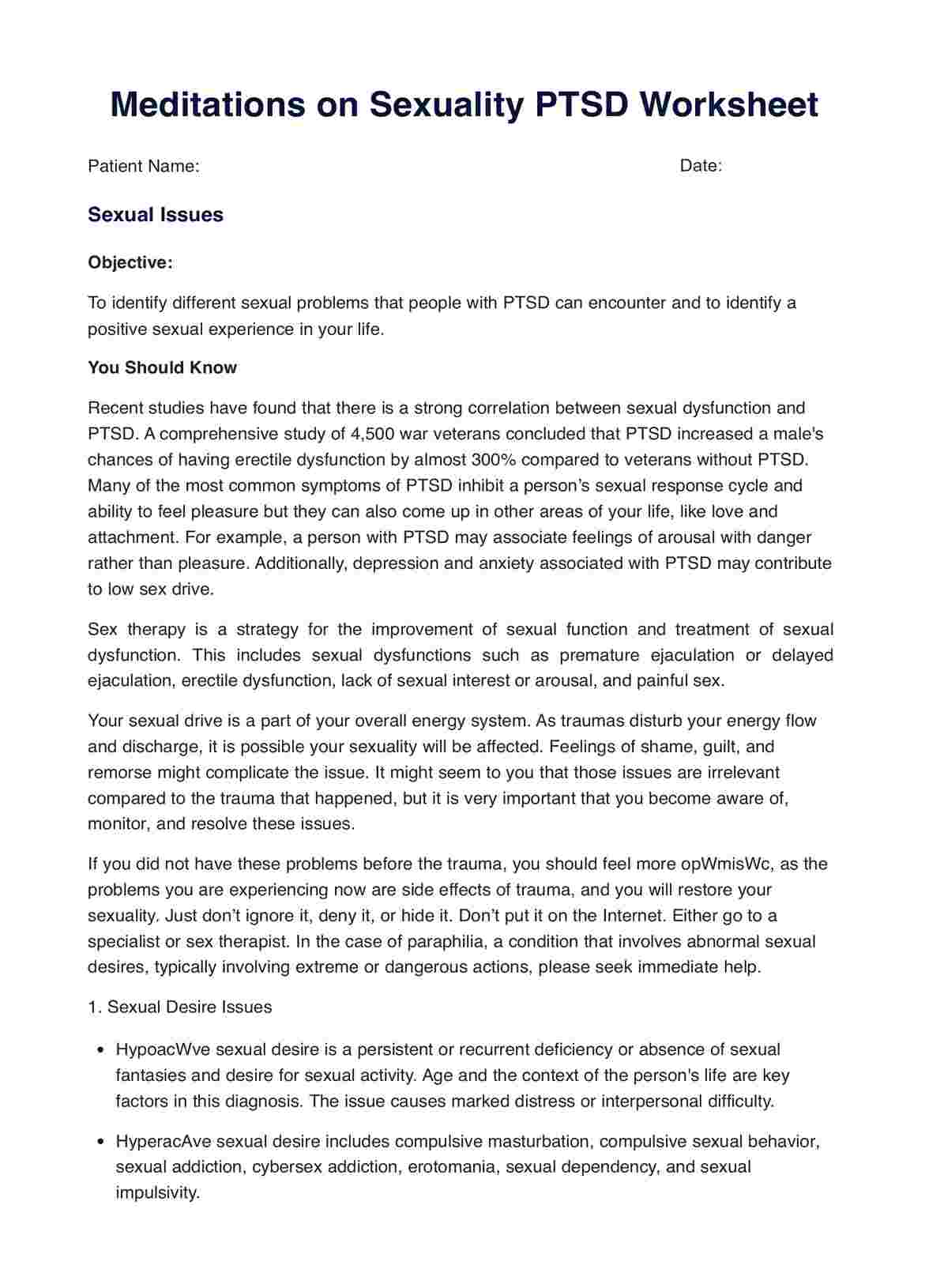
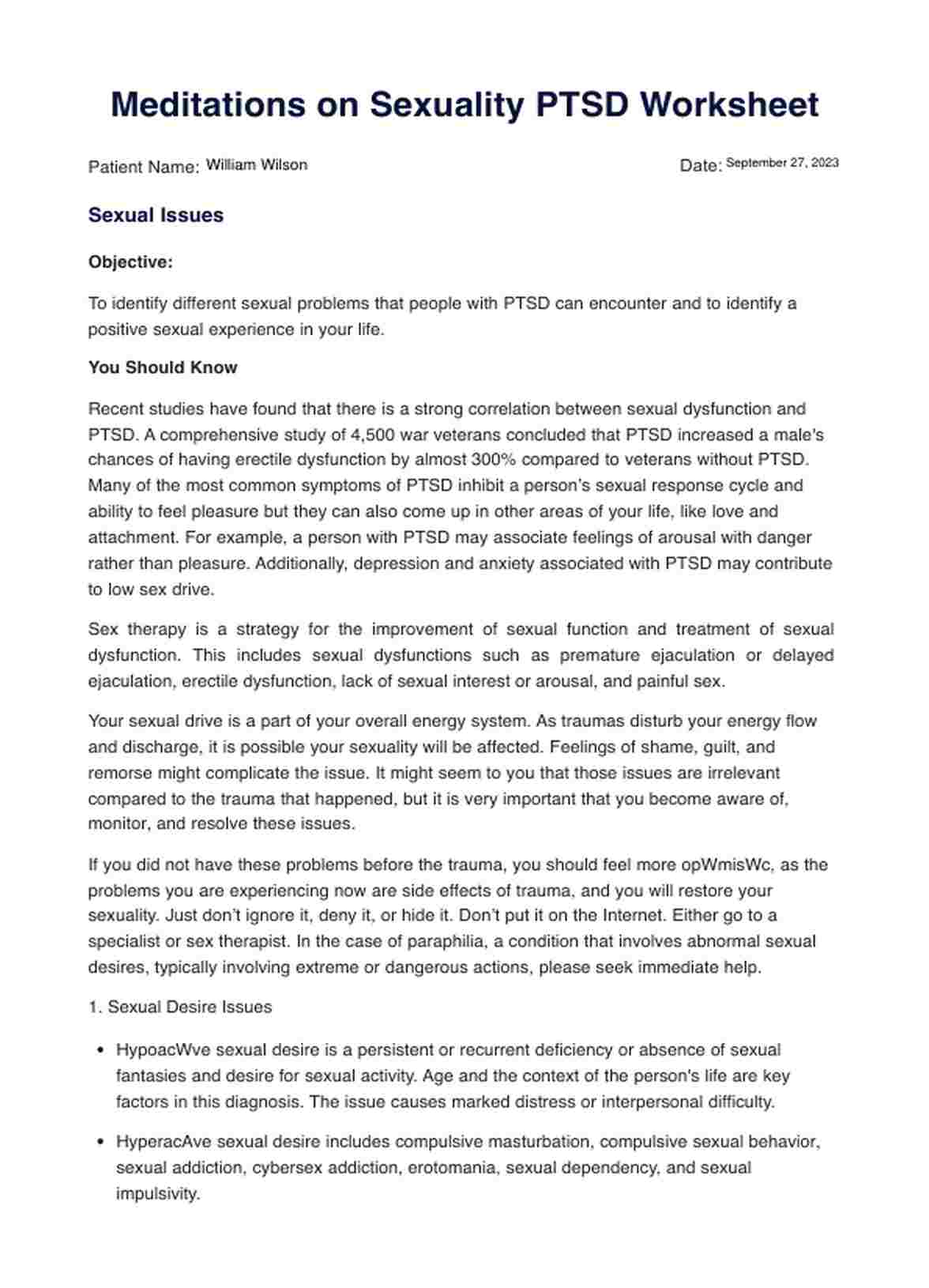
















-template.jpg)




















































































